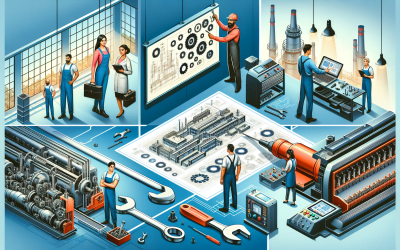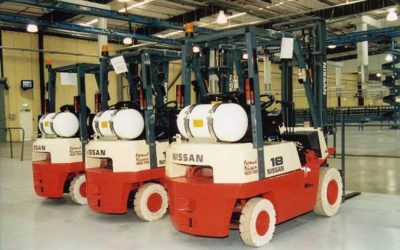HCO Blog
Materials Handling Efficiency Tips for the Food Industry
Profit margins are razor thin in the food industry and it’s critical distribution centers run at optimal efficiency. Before determining the right amount of space and equipment in a warehouse, it must be determined whether the right processes are in place to handle...
Material Flow Analysis: An Easier Step-by-Step Guide to Evaluating and Optimizing Your Warehouse
Learn how to evaluate and optimize your warehouse with this step-by-step guide to Material Flow Analysis. Discover the best practices for improving your warehouse operations and increasing efficiency.
What is a Warehouse? Important Key Components, Functions and 5 Types
Warehouses are pivotal to the global supply chain, serving as the backbone for storing, managing, and distributing goods. This comprehensive article delves into the various aspects of warehouses, exploring their functions, types, operational processes, and their...
How to Design Walkways for High-Traffic Warehouse Areas
Discover effective techniques for designing walkways in high-traffic warehouse areas. HCO Innovations offers expert solutions for optimal efficiency.
The Impact of Maintenance on Operational Efficiency
Discover how maintenance affects operational efficiency. Unlock insights with HCO Innovations. Enhance performance and streamline operations.
How to Conduct a Maintenance Process Review
Learn the steps for conducting a maintenance process review with HCO Innovations. Improve efficiency and identify areas for improvement.
How to Design a Warehouse Layout for Hazardous Materials
Discover expert tips for designing a warehouse layout for hazardous materials at HCO Innovations. Maximize safety and efficiency in your warehouse operations.
Natural Gas vs Liquid Propane Gas for Your Forklift Fleet
A majority of forklifts equipped with internal combustion engines run on gasoline, diesel or liquid propane gas (LPG). Some forklifts are equipped to run on compressed natural gas (CNG). Which gas is better for your forklift fleet? There are a few factors to take into...






